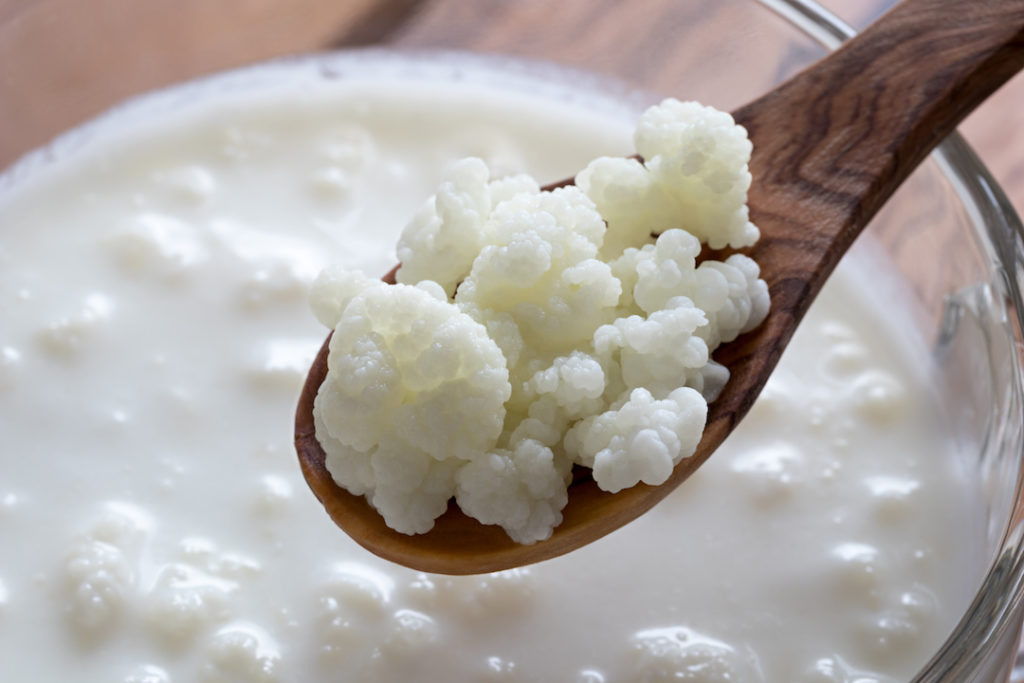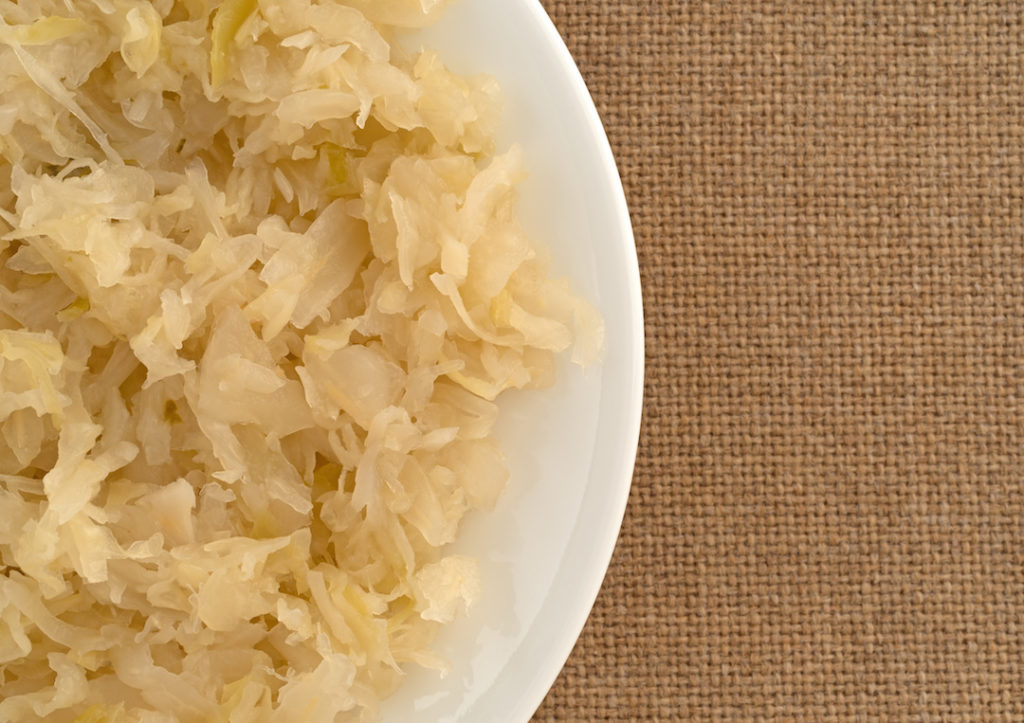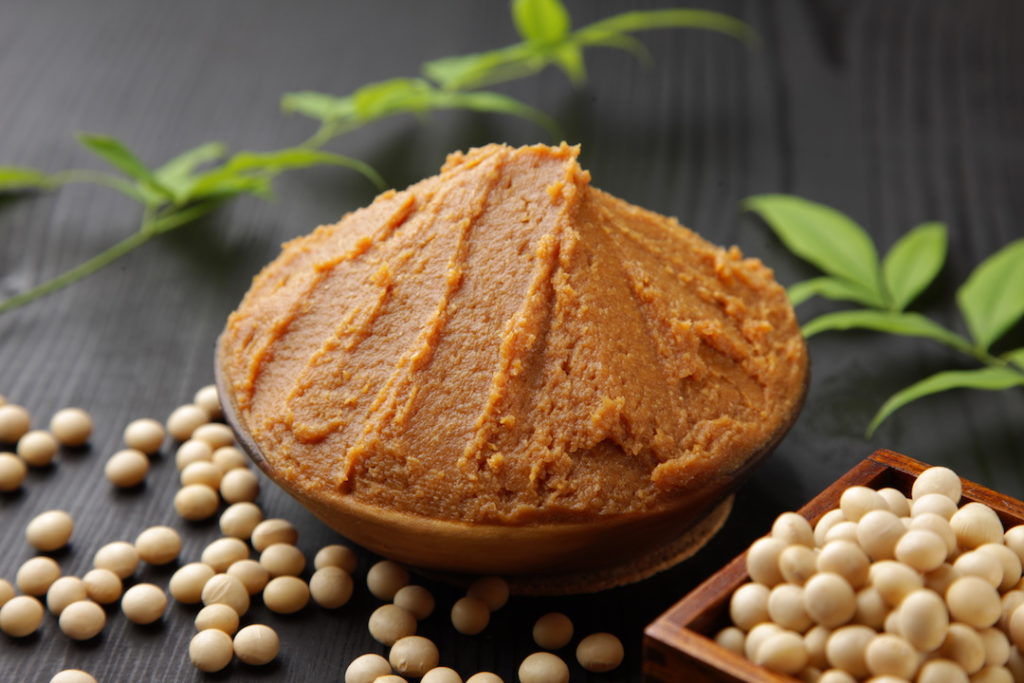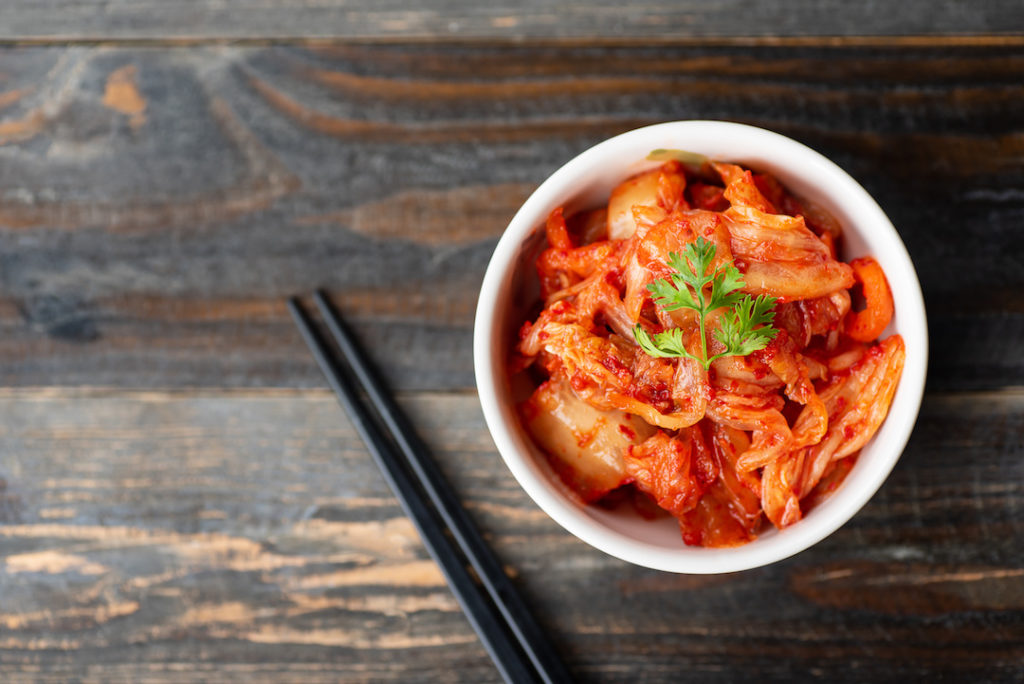8 Probiotic Foods That Boost Immunity and Improve Digestion
October 1 2018If you think bacteria are synonymous with “germs,” think again. Probiotics, or the live “good” bacteria that hang out in your gut, are the buzziest new word on the block.
But what exactly are probiotics, anyway? While it’s true that certain types of microorganisms can wreak havoc on your immune system, probiotics can actually help strengthen it. When you take in beneficial bugs, they can help your body fight disease-causing bacteria and prevent infections like yeast overgrowth, explains dietitian Tara Gidus Collingwood. In fact, a 2018 review of research in the journal BMJ found that diversifying the bacteria in your gut with probiotics can help prevent diarrhoea and upper respiratory infections (or the common cold). Other research suggests that the benefits might extend beyond the gut: A 2018 study in the journal Brain, Behavior, and Immunity concluded that probiotics might help alleviate the symptoms of depression, possibly by lowering inflammation levels in the body.
Probiotics can be found in supplement form, but they’re also naturally present in fermented foods and dairy products. (One note: Because heat can kill probiotics-they are live, after all-some store-bought, canned foods might not have these beneficial bugs in them, says Gidus Collingwood.)
Want to give them a try? Here are eight healthy sources of probiotics, along with how to enjoy them.

1) Kefir
Kefir is a powerhouse of probiotics; one cup of low fat kefir contains 12 strands of beneficial bugs, including Lactobacillus, a type of bacteria that is thought to prevent and treat diarrhoea, and Bifidobacteria, which may help ease diarrhoea and constipation.
Bonus: Because kefir is fermented-meaning the sugars are being gobbled up by the active bacteria-the drink is up to 99 percent lactose-free. “People who can’t have milk or yoghurt can often tolerate kefir,” says Gidus Collingwood.
It’s also an excellent source of calcium at 316 milligrams per cup, and packs 9 grams of protein, which is more than you’d find in one large egg.
Get your fix: You can glug this tangy drink alone (just be prepared to pucker-in a good way), sweetened with fresh fruit, or added to a smoothie, says Gidus Collingwood.
2) Greek Yoghurt
Like kefir, Greek yoghurt contains plenty of probiotics. Greek yoghurt also packs a seriously impressive 20 grams of protein per 200g serving.
It’s also high in riboflavin, a B vitamin which helps keep our cells healthy, and minerals like calcium and potassium to build strong bones and keep our kidneys and heart functioning, respectively, says Gidus Collingwood.
Get your fix: Yes, you can eat Greek yoghurt and fruit for breakfast or a snack, but it’s more versatile than you might think. Gidus Collingwood recommends using Greek yoghurt as a base in dips, or added to soups, sauces, and smoothies.

3) Fresh sauerkraut
Naturally fermented foods like fresh sauerkraut (which hasn’t been heated) also contains probiotics. According to a 2018 study in the journal Food Bioscience, sauerkraut contains lactic acid bacteria that includes Lactobacillus brevis, a probiotic that might help lower your odds of getting the flu, according to a small 2014 pilot study done in children.
Sauerkraut is made from cabbage, so it also packs a helping of fibre (about 3 grams per cup) and a dose of potassium, vitamin C, and B vitamins. Plus, “it has phytonutrients common to cruciferous vegetables that have been found to have cancer-fighting properties,” says Gidus Collingwood.
One drawback, she says: sauerkraut can be pretty high in sodium. One cup contain nearly 950 milligrams, or about 40 percent of your recommended daily value. Moderation is key!
Get your fix: Sauerkraut makes a delicious stand-alone side dish, but you can also use it as a topping on burgers or sandwiches.
4) Fresh pickles
As with sauerkraut, fresh pickles (pickled cucumbers) are also an excellent source of probiotics. One large-sized pickle also offers nearly 2 grams of fibre and 31 milligrams of potassium.
Just make sure to choose the fresh kind, not the canned variety, says Gidus Collingwood. And don’t go overboard-one large pickle also contains about 1,600 milligrams of sodium; about half of your daily allotment.
Get your fix: Sure, you could eat them one salty piece at a time, but they also add a nice crunch to burgers, tuna salads, and potato salads.

5) Miso
Miso, or fermented soybean paste, is another source of probiotics-and unlike most vegetarian protein sources (like pea and hemp), soy is a complete protein, says Gidus Collingwood, meaning it contains all nine of the essential amino acids your body can’t make on its own.
Each tablespoon of miso also contains about 2 grams of protein, along with about 634 milligrams of sodium.
Get your fix: Miso lends a rich, salty flavour to foods. Add the paste to soups, vegetable dishes, and even condiments. It also comes in a few different colours (like white, red, and somewhere in between) that vary in intensity. If you’ve never tried it, go with white miso, since it tends to be more mild in flavour.
6) Kombucha
This fizzy brew has gained a cult following thanks, in large part, to its high probiotic content. Traditionally, kombucha is made with black tea and sweetened with sugar; after that, the “starter bacteria” is added in the form of a SCOBY, a jelly-like pancake that sits at the top of the tea to spur the fermentation process.
But black tea doesn’t need to be fermented in order to boost your health: Tea leaves are naturally rich in antioxidants like vitamin C and B2, as well as polyphenols, research shows.
Get your fix: You can make your own kombucha, but you’re probably better off buying them pre-made, at a supermarket. Homemade kombucha has the potential to harbor some bad bacteria, too.
7) Tempeh
Tempeh, or fermented soybeans, contains Bifidobacterium probiotic bacteria as well as the Lactobacillus rhamnosus strain, according to the 2018 study in the journal Food Bioscience. One 90g serving also contains 346 milligrams of potassium and 17 grams of protein-almost as much a 200g container of Greek yoghurt.
Get your fix: Tempeh is commonly used as alternative to meat, so switch things up and use it as the protein base in a stir-fry or salad, says Gidus Collingwood.

8) Kimchi
Made from cabbage, red peppers, onions, and radishes, kimchi contains Lactococcus and Streptococcus bacteria. Research shows it’s also a good source of other nutrients, including beta-carotene (the bright pigment in sweet potatoes that acts as an antioxidant), vitamin C, and fibre (2.4 grams per one-cup serving).
Get your fix: You can make kimchi and eat it as a side dish, but you can also use it to spice up to hot dogs, ramen noodles, and sandwiches.
Article originally appeared and sourced from Prevention.
